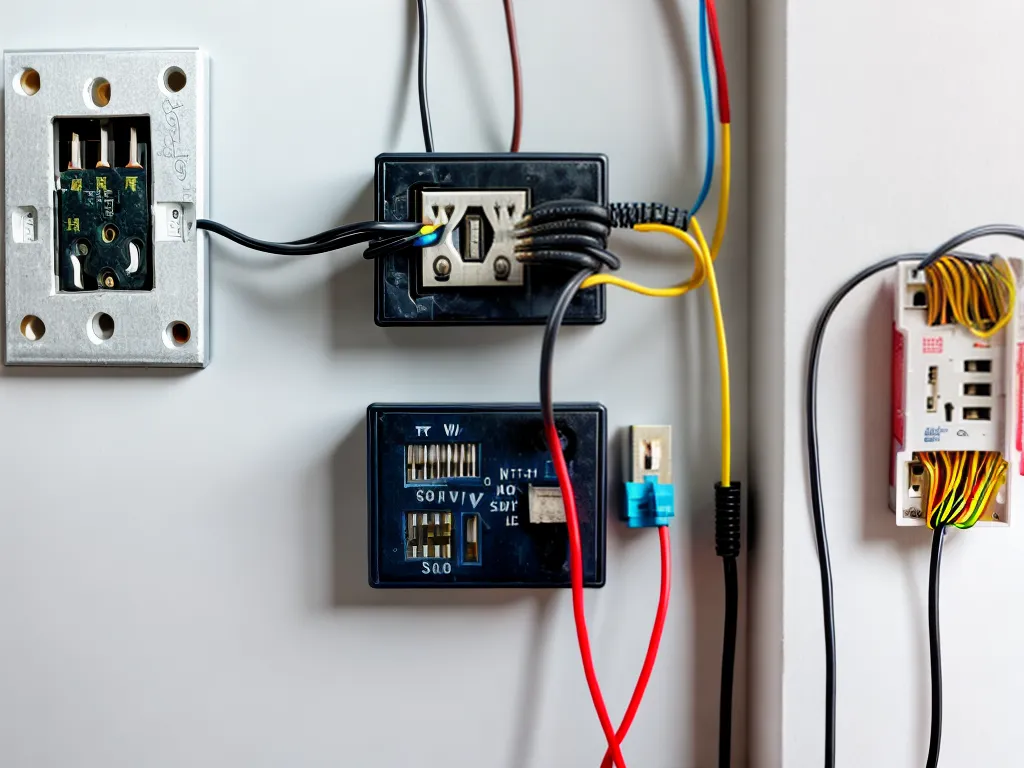
Introduction
Wiring a home without access to electricity can seem daunting, but with some planning and alternative energy sources, it is possible. There are several key steps I needed to take in order to successfully wire my off-grid home.
Assessing Energy Needs
The first step was figuring out my energy needs. I took an inventory of all the appliances and devices I wanted to power. This included essentials like lighting, a refrigerator, and some small appliances like a radio. I also wanted power for a laptop and phone charging.
Based on the wattage requirements of each device, I calculated my total estimated daily energy usage. This informed how much power generation capacity I would need. It's important not to underestimate energy needs.
Selecting an Alternative Energy Source
With my energy needs assessed, the next step was choosing an alternative energy source. The main options for off-grid power are solar panels, wind turbines, and generators.
I opted for a solar panel system because of the abundant sunlight where I live. Solar also requires less maintenance than other options. I sized my solar array to handle my expected energy load with extra capacity as a buffer.
Obtaining Equipment and Materials
Once I settled on solar power, I researched and purchased the necessary equipment, including:
- Solar panels - I went with a 400W system
- Charge controller - Regulates power from panels
- Batteries - Deep cycle to store power
- Inverter - Converts DC from batteries to standard AC
- Wiring and cabling - For interconnecting system components
- Circuit breakers - For overcurrent protection
- DC appliances - Energy efficient lights, fridge, etc.
I also stocked up on basic electrical supplies like wire, conduit, junction boxes, and outlets.
Installation and Wiring
With all my materials acquired, I was ready to install and wire the system:
Mounting the Solar Array
I installed pole mounts on my roof oriented towards true south at a 45 degree tilt. The solar panels bolt onto these mounts. Proper orientation is key for maximum sunlight capture.
Connecting Batteries and Inverter
I wired the batteries to the charge controller and then connected the inverter output to the batteries. This allows the inverter to draw power from the batteries.
Running AC and DC Circuits
I ran dedicated AC wiring from the inverter to AC outlets and devices. The DC circuits run directly from the batteries to DC lighting, fridge, and other appliances. All wiring is code compliant.
Adding Breakers and Safety Switches
Breakers and disconnects between components provide overcurrent and overload protection. Proper safety mechanisms are essential in an off-grid system.
Energy Conservation and Efficiency
To make my limited energy supply go further, I also employ energy conservation habits and use only efficient LED lights and appliances. Understanding your energy use and avoiding waste is key for off-grid living.
Results of My Off-Grid System
Overall, with good planning and proper installation, I successfully wired my home to run off the sun! My solar array handles my electrical loads well. I have lights, appliance use, phone/laptop charging, and everything I need powered reliably. Living off-grid is very fulfilling.
Let me know if you have any other questions! I'm happy to discuss my experiences wiring an off-grid home. The process takes work, but the payoff of energy independence is worth it.